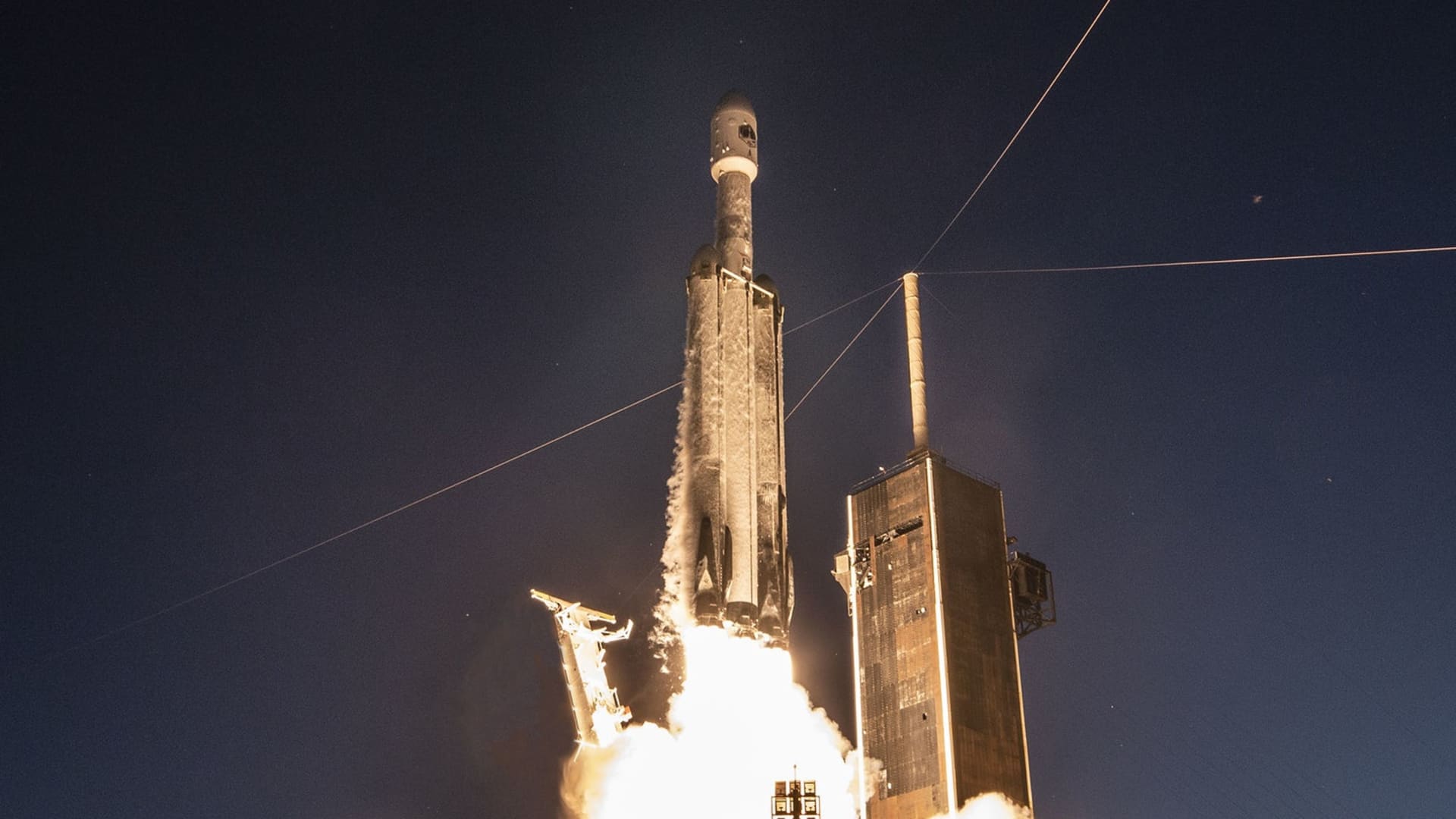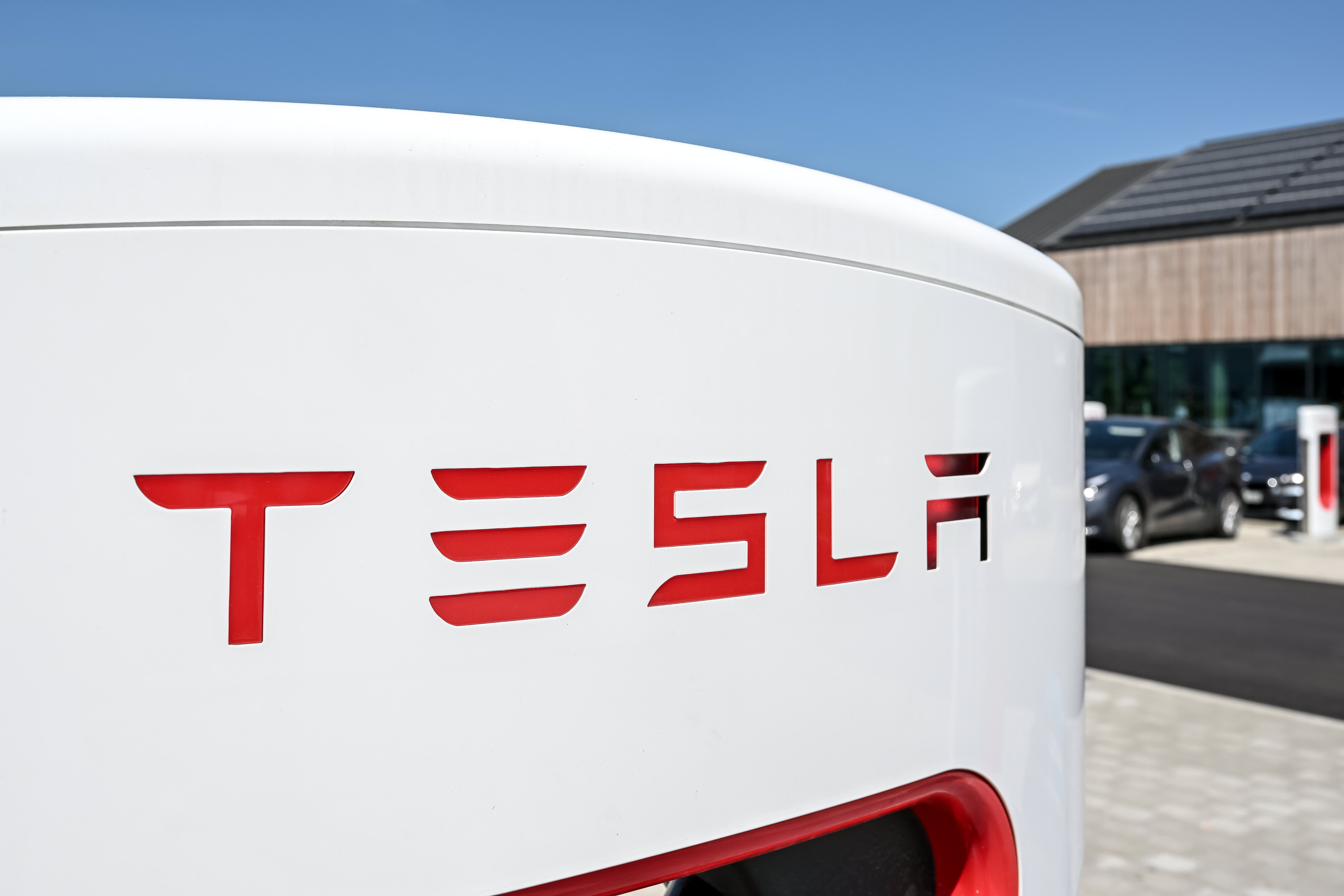The U.S. military is raising the stakes — and widening the field — on a high-profile competition for Space Force mission contracts.
The Space Force plans to buy even more rocket launches from companies in the coming years than previously expected, granting more companies a chance at securing billions in potential contracts.
related investing news
“This is a huge deal,” Col. Doug Pentecost, the deputy program executive officer of the U.S. Space Force’s Space Systems Command, told reporters during a briefing this week.
Earlier this year the Space Force kicked off the process to buy five years’ worth of launches, under a lucrative program known as National Security Space Launch (NSSL) Phase 3. Now it’s boosting the scale.
The U.S. sees a rising impetus to improve its military capabilities in space, spurring the need to almost triple the number of launches in Phase 3 that it bought in Phase 2 in 2020.
“That just blows my mind,” Pentecost said. “We had only estimated 36 missions in Phase 2. For Phase 3, we’re estimating 90 missions.”
In February, Space Force outlined a “mutual fund” strategy to buying launches from companies. It split NSSL Phase 3 into two groups. Lane 1 is the new approach, with lower requirements and a more flexible bidding process that allows companies to compete as rockets debut over the coming years. Lane 2 represents the existing approach, with the Space Force planning to select a set number of companies for missions that meet the most demanding requirements.
Pentecost said Space Force hosted an industry day in February to go over the program’s details and had 22 companies show up. Since then, Space Force made a number of adjustments to Phase 3. It has added more missions, introduced a price cap, expanded Lane 2, and has set an annual schedule for mission assignments.
The government weighs bids by a company’s “Total Evaluated Price” per launch. That’s split into “Launch Service,” meaning how much it costs to build and launch a rocket, and the “Launch Service Support,” which covers special requirements the military may have for launch. The Launch Service Support amount is capped at $100 million per year per company.
“We implemented some cost-constraining tools so that we don’t balloon. We don’t want [a situation where] everybody gets a mission — you get a mission, you get a mission, you get a mission — because then there’s no real competition,” Pentecost said.
“We do think that all of our industry partners want to be the number one guy, so we think that will provide competitive pricing to keep our costs down,” Pentecost added.
Widening Lane 2
While Lane 1 is expected to draw the largest number of bids and award 30 missions, Lane 2 is the big show.
With Lane 2, Space Force gives out the most valuable contracts to launch national security satellites with the highest stakes.
“These are the ones that are a $1 billion [satellite] payload going to unique orbits,” Pentecost said.
Not only has Lane 2 seen an increase in how many missions are up for grabs — currently estimated at 58 launches, up from 39 in February — but Space Force also made the decision to expand the available slots for eventual awards to three companies, instead of limiting it to two.
Elon Musk’s SpaceX and United Launch Alliance, the joint venture of Boeing and Lockheed Martin, were assumed to be the two leading contenders for Lane 2, but now there’s a door open for another company like Jeff Bezos’ Blue Origin.
Space Force will assign 60% and 40% of 51 missions to the top two bidders, respectively, and the remaining seven launches will go to the third-place bidder.
Regardless of where a company ranks, it must demonstrate that it can meet all the Lane 2 requirements, which include having launch sites on both the east coast and west coast, and the ability to hit nine “reference” orbits with high accuracy several of which are much further from Earth than the low Earth orbit requirement of Lane 1.
Asked by CNBC how many companies are developing rockets that can meet those requirements by the deadline for launches, a Space Force spokesperson declined to specify, saying the military is “tracking several” that are “expanding their launch capabilities into most of these orbits.”
“We’re hoping that it’s not just ULA, SpaceX and Blue Origin competing for that, as there are others who have messaged interest in the past,” Col. Chad Melone, the chief of Space Systems Command’s Launch Procurement and Integration division, said during the briefing.
Securing supply
Space Force is introducing an annual Oct. 1 deadline for assigning missions to companies that have won a contract.
Pentecost explained the first assignments are up for grabs in October 2025, but noted contracts don’t guarantee assignments, which protects Space Force from delays companies may have in developing and flying rockets.
“You could actually have won the contract, that you’ve got this great plan on how you’re going to be flying by [fiscal year] 2027. But since you’re not flying yet, and I have a satellite that needs to fly in two years, we will not give you that mission — we will move it to the other guy,” Pentecost said.
Space Force aims to finalize its request for bidders by September and then have all the proposals in by December, to then award the contracts in October 2024.
Space Force officials said a big driver of that push is to “guarantee capacity,” as there are “a ton of other companies” trying to buy launches for satellites and Space Force needs to lock down its orders.
“We wanted to make sure that we essentially hedged against the launch scarcity that could happen because, if there’s a very large demand for launch and everyone is [buying], prices could be very high,” Melone said.
But despite that fear, Pentecost said 2026 “seems to be the sweet spot” when a number of companies’ rockets will be done with development and ready to fly. And companies that stay on track will have the upper hand in NSSL Phase 3.
“If you’re flying before that, or if your schedule is showing that you’re going to be flying before that, you will get significant strengths, which will put you in a better position to win the best provider or second best in this competition,” Pentecost said.


